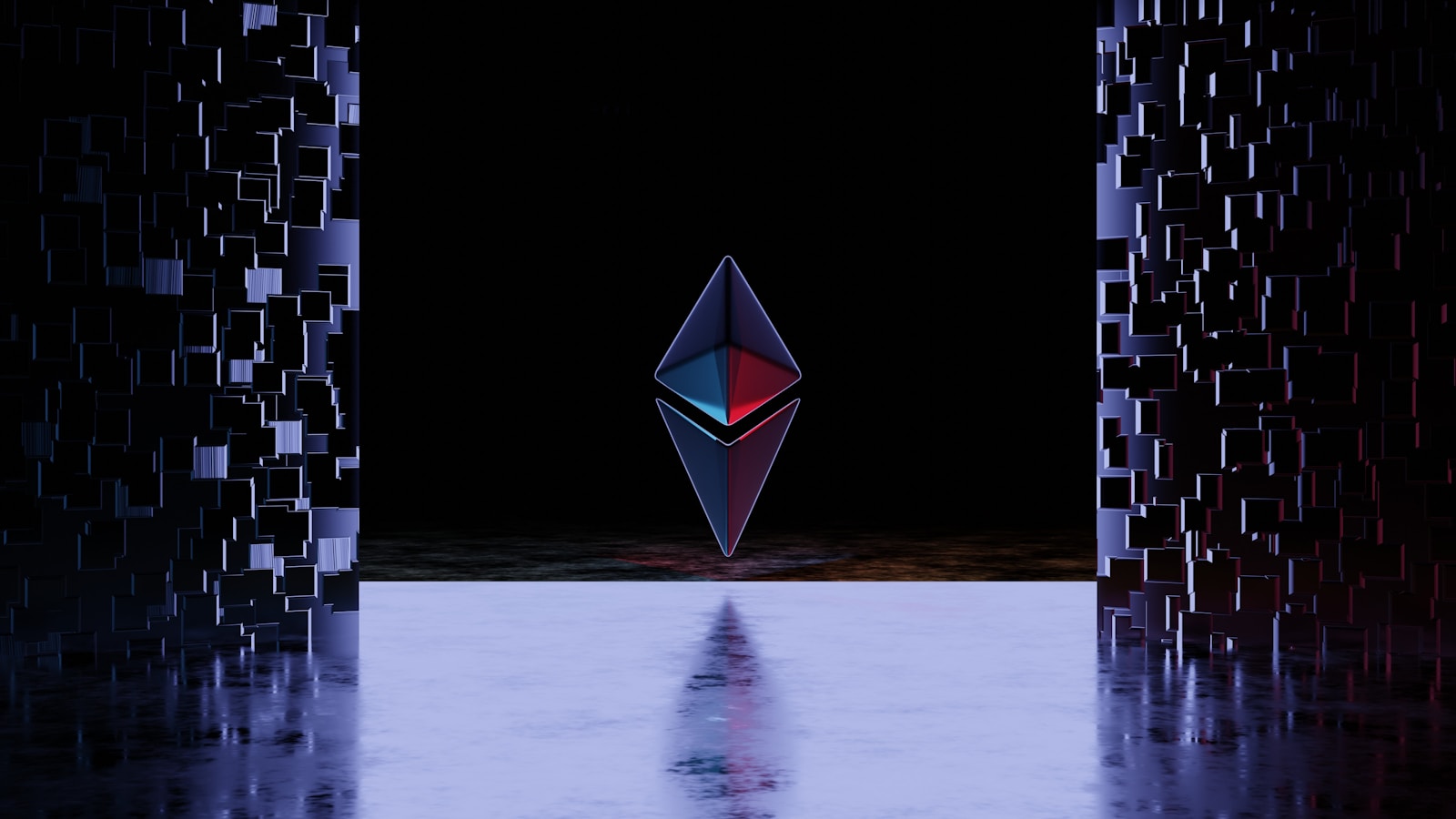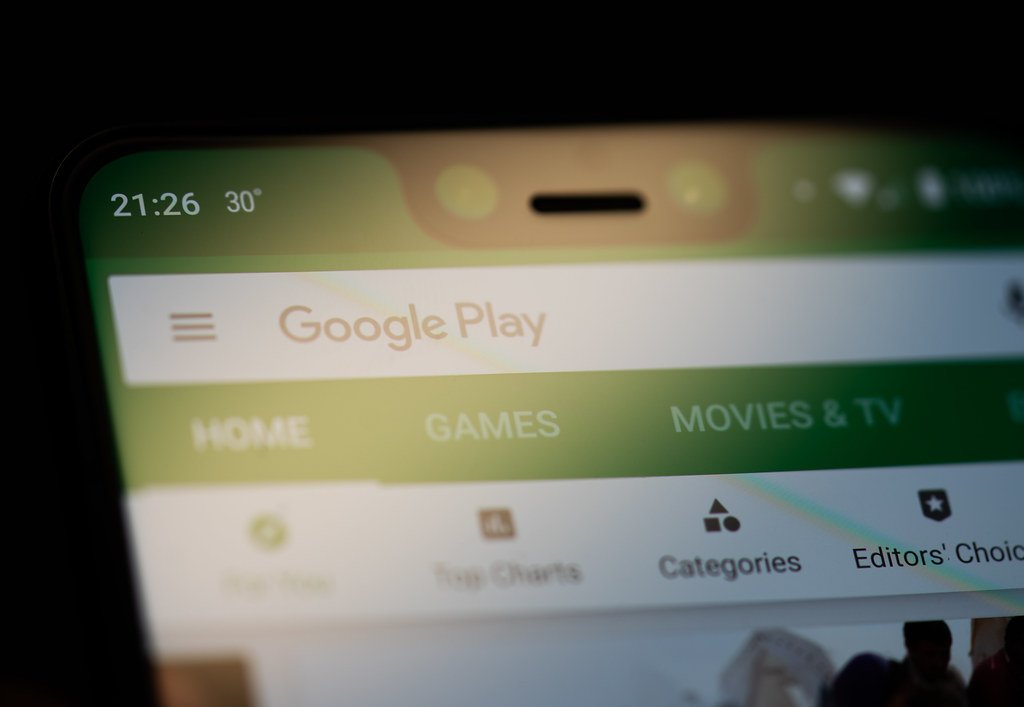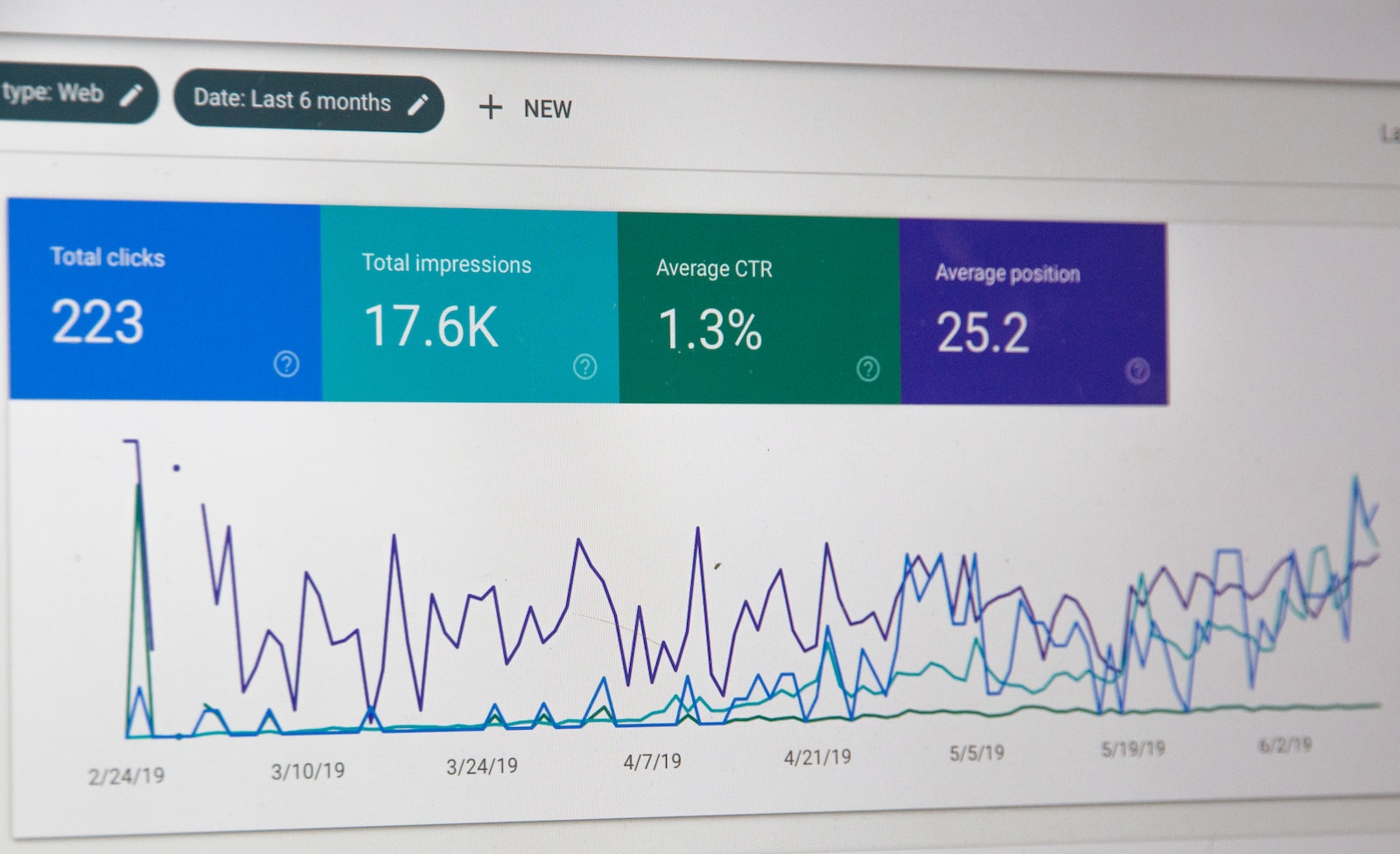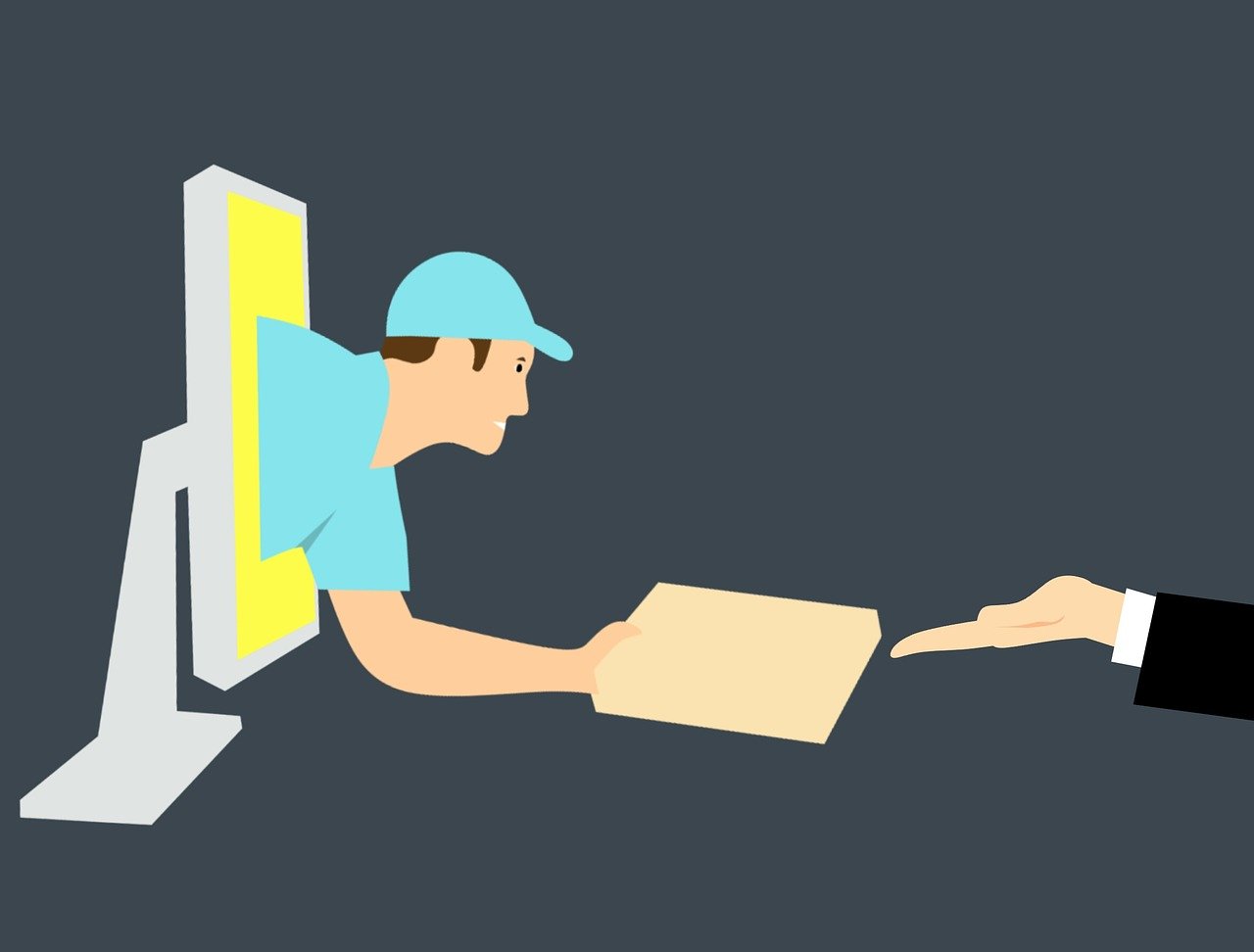Estimated reading time: 6 minutes
Web3 is rapidly reshaping the digital landscape, creating new opportunities for developers, businesses, and users. It’s built on blockchain technology and promises a decentralized, user-centric internet. If you’re intrigued by the potential of blockchain apps (dApps) and want to develop your first Web3 project, this comprehensive guide will walk you through the entire process.
What is Web3 Development?
Definition and Importance
Web3 development refers to building decentralized applications (dApps) that run on blockchain networks instead of traditional centralized servers. It’s the backbone of the decentralized internet, where users have control over their data and assets.
Core Concepts
- Decentralization: In Web3, no single entity controls the application. Data and decision-making are distributed across nodes, ensuring transparency and resilience.
- Smart Contracts: These are programmable agreements that execute automatically when specific conditions are met, eliminating the need for intermediaries.
- Blockchain Tokens: Tokens represent ownership, voting power, or utility within a dApp. For example, cryptocurrencies are a type of token.
Why It Matters
Web3 promises:
- Data Ownership: Users retain control over their information.
- Enhanced Security: The distributed nature of blockchains reduces the risk of data breaches.
- Global Accessibility: Anyone with internet access can participate, breaking down traditional barriers.
Applications of Web3
- Decentralized finance (DeFi)
- Non-fungible tokens (NFTs)
- Decentralized marketplaces
- Supply chain tracking
- Gaming and virtual worlds
Step 1: Understanding the Basics of Blockchain Technology
What is a Blockchain?
A blockchain is a distributed, tamper-proof ledger that records transactions in a series of blocks, each linked to the previous one. This structure ensures data integrity and security.
Key Features
- Immutable: Once data is added to the blockchain, it cannot be altered.
- Transparent: Transactions are visible to all participants in the network.
- Distributed: Copies of the blockchain are stored across multiple nodes, eliminating single points of failure.
Consensus Mechanisms
Consensus mechanisms ensure all nodes agree on the blockchain’s current state. Common mechanisms include:
- Proof of Work (PoW): Used by Bitcoin, requiring computational power to validate transactions.
- Proof of Stake (PoS): Used by Ethereum 2.0, where validators are chosen based on their stake in the network.
- Delegated Proof of Stake (DPoS): Delegates validate transactions on behalf of the network.
Practical Use Cases
- Cryptocurrencies: Digital currencies like Bitcoin and Ethereum.
- Smart Contracts: Automating agreements in DeFi and supply chain management.
- Tokenization: Representing real-world assets on the blockchain, like property or art.
Step 2: Choosing the Right Blockchain
Why Your Choice Matters
Different blockchains are optimized for specific use cases. For example, Ethereum is great for general-purpose dApps, while Solana excels in high-speed applications.
Factors to Consider
- Scalability: How well does the blockchain handle large transaction volumes?
- Transaction Costs: Consider networks with low gas fees if cost is a concern.
- Developer Tools: A rich set of development tools can make building and testing easier.
- Community Support: Active communities provide resources, tutorials, and troubleshooting help.
Comparison of Popular Blockchains
| Blockchain | Transaction Speed | Gas Fees | Use Cases | Development Tools |
|---|---|---|---|---|
| Ethereum | Moderate | High | General-purpose dApps | Truffle, Hardhat |
| Solana | High | Low | High-speed apps | Anchor, Solana CLI |
| Binance Smart Chain | High | Low | DeFi, NFTs | Remix, OpenZeppelin |
| Polygon | High | Low | Scalable Ethereum apps | Hardhat, Ganache |
How to Decide
If you’re new, start with Ethereum due to its extensive resources. For cost-effective experiments, consider Binance Smart Chain or Polygon.
Step 3: Learn a Programming Language
Solidity: The Backbone of Ethereum Development
Solidity is a contract-oriented language used for writing smart contracts on Ethereum and compatible blockchains. Its syntax is influenced by JavaScript, Python, and C++.
Rust: Solana’s Preferred Language
Rust offers memory safety and performance, making it ideal for high-speed applications on Solana.
JavaScript: Frontend and Blockchain Integration
JavaScript is essential for building the user interface (UI) of dApps and interacting with smart contracts via libraries like Web3.js.
Learning Resources
- Solidity: CryptoZombies, Solidity by Example, and the official documentation.
- Rust: Rust Programming Language book and Solana-specific tutorials.
- JavaScript: FreeCodeCamp and MDN Web Docs.
Practice Projects
- Build a simple token (ERC-20).
- Create a smart contract for voting.
- Develop a basic wallet interface using JavaScript.
Step 4: Setting Up the Development Environment
1. Blockchain Node
To interact with a blockchain network, you need access to a node. Running a full node can be resource-intensive, so services like Infura, Alchemy, or QuickNode provide easy access.
2. Frameworks for dApp Development
- Truffle: Offers a development environment and testing tools for Ethereum.
- Hardhat: A modern alternative to Truffle with debugging and plugin support.
- Brownie: Python-based framework for smart contract testing and deployment.
3. Testing Environments
- Ganache: Simulates a blockchain locally, allowing you to test contracts without incurring costs.
- Chai/Mocha: Assertion libraries for writing automated tests for your contracts.
Step 5: Building Your First dApp
Detailed Steps
- Define Your Use Case: Determine the problem your app solves.
- Set Up Your Environment: Use Truffle or Hardhat for contract deployment and testing.
- Write Smart Contracts: Start with simple contracts, such as an ERC-20 token.
- Build a Frontend: Use React or Vue.js for a modern UI.
- Connect Frontend and Blockchain: Use libraries like Web3.js or Ethers.js.
- Test on Testnets: Deploy on Rinkeby or Goerli for public testing.
- Deploy on Mainnet: Launch your dApp for real-world use.
Sample Project: ERC-20 Token
- Write a Solidity contract that creates a custom token.
- Deploy the contract to a testnet.
- Create a simple UI to interact with the token (e.g., transfer tokens).
Step 6: Security Best Practices
Key Considerations
- Contract Audits: Tools like MythX, Slither, or OpenZeppelin Defender help identify vulnerabilities.
- Private Key Management: Never hardcode keys into your application. Use environment variables or secure storage solutions.
- Prevent Reentrancy: Always follow the checks-effects-interactions pattern in your smart contracts.
Step 7: Engaging with the Web3 Community
Why Join?
- Networking with other developers can help you stay updated on the latest trends.
- Communities often share tools, resources, and job opportunities.
Popular Platforms
- Reddit: Subreddits like r/ethereum and r/solidity.
- Discord: Join blockchain-specific servers.
- GitHub: Contribute to open-source projects.
Commonly Asked Questions
1. Do I Need to Learn Blockchain to Start with Web3?
Yes, a basic understanding of blockchain is essential, but you don’t need to master it immediately.
2. What Tools Do I Need for Development?
Essential tools include a wallet like MetaMask, a development framework (e.g., Truffle), and a testing environment (e.g., Ganache).
3. Can I Use Web3 in Traditional Web Apps?
Yes, libraries like Web3.js allow you to integrate blockchain functionality into existing web apps.
4. How Do I Avoid Common Mistakes?
- Write extensive tests for your contracts.
- Use well-audited libraries like OpenZeppelin.
- Keep your private keys secure.
5. Is Web3 Development Lucrative?
Yes, with the growing adoption of blockchain, Web3 developers are in high demand and often command high salaries.
Web3 development opens up a world of possibilities. By understanding blockchain technology, choosing the right tools, and practicing with small projects, you can build your first dApp and contribute to the decentralized internet revolution. With persistence, the skills you develop today could set you on a path to success in this transformative field.
For the latest tech news and reviews, follow Rohit Auddy on Twitter, Facebook, and Google News.





